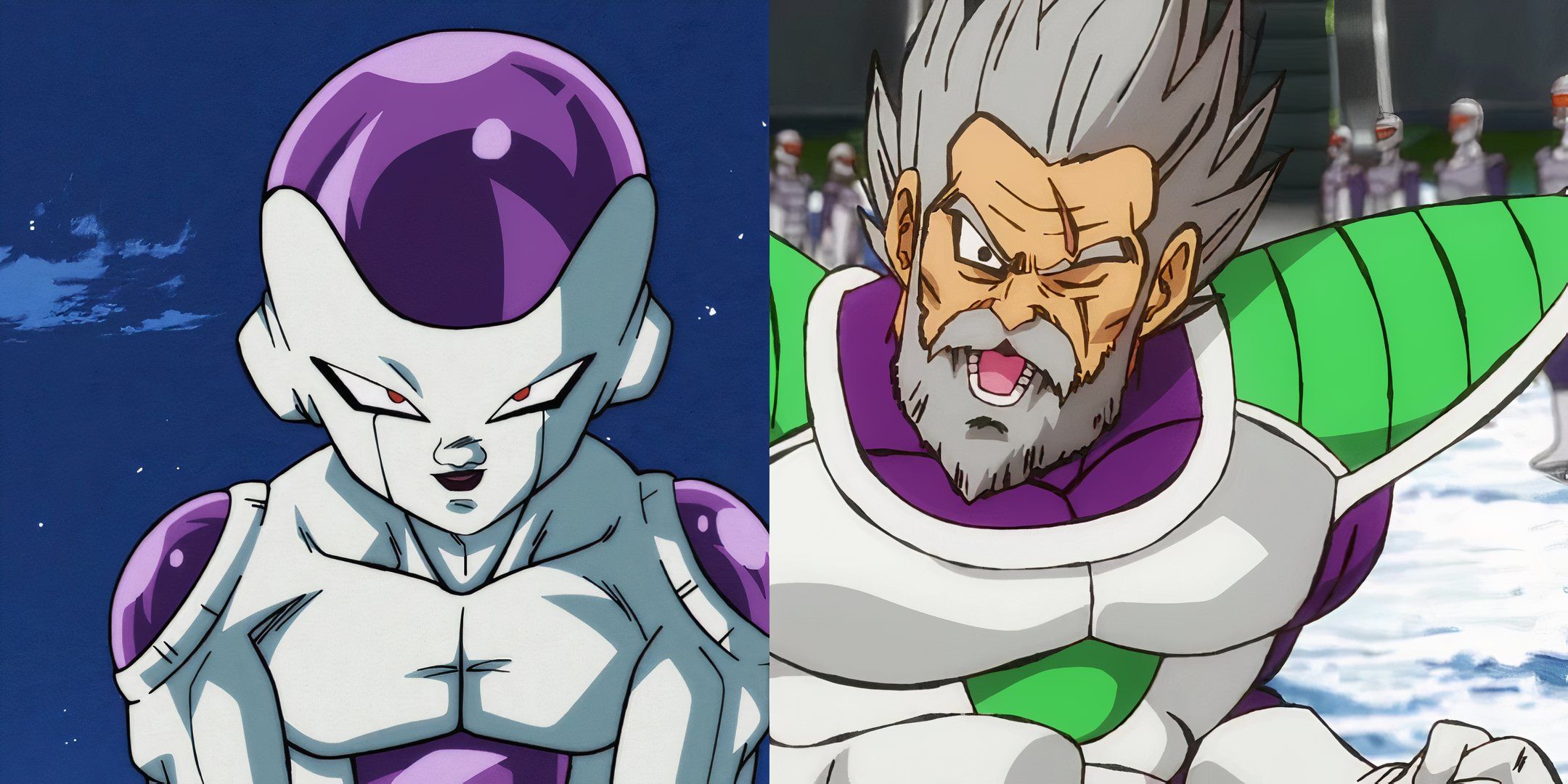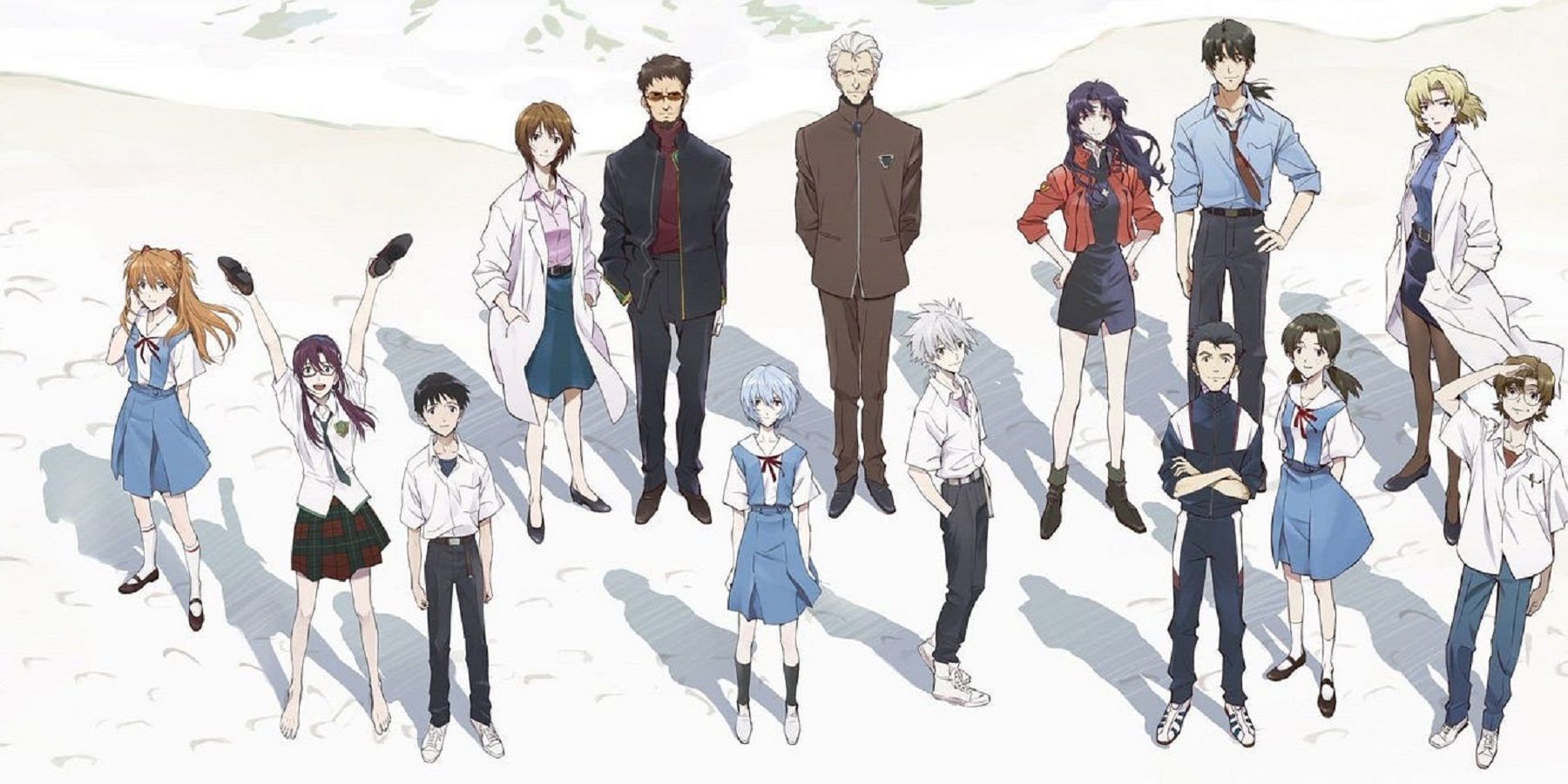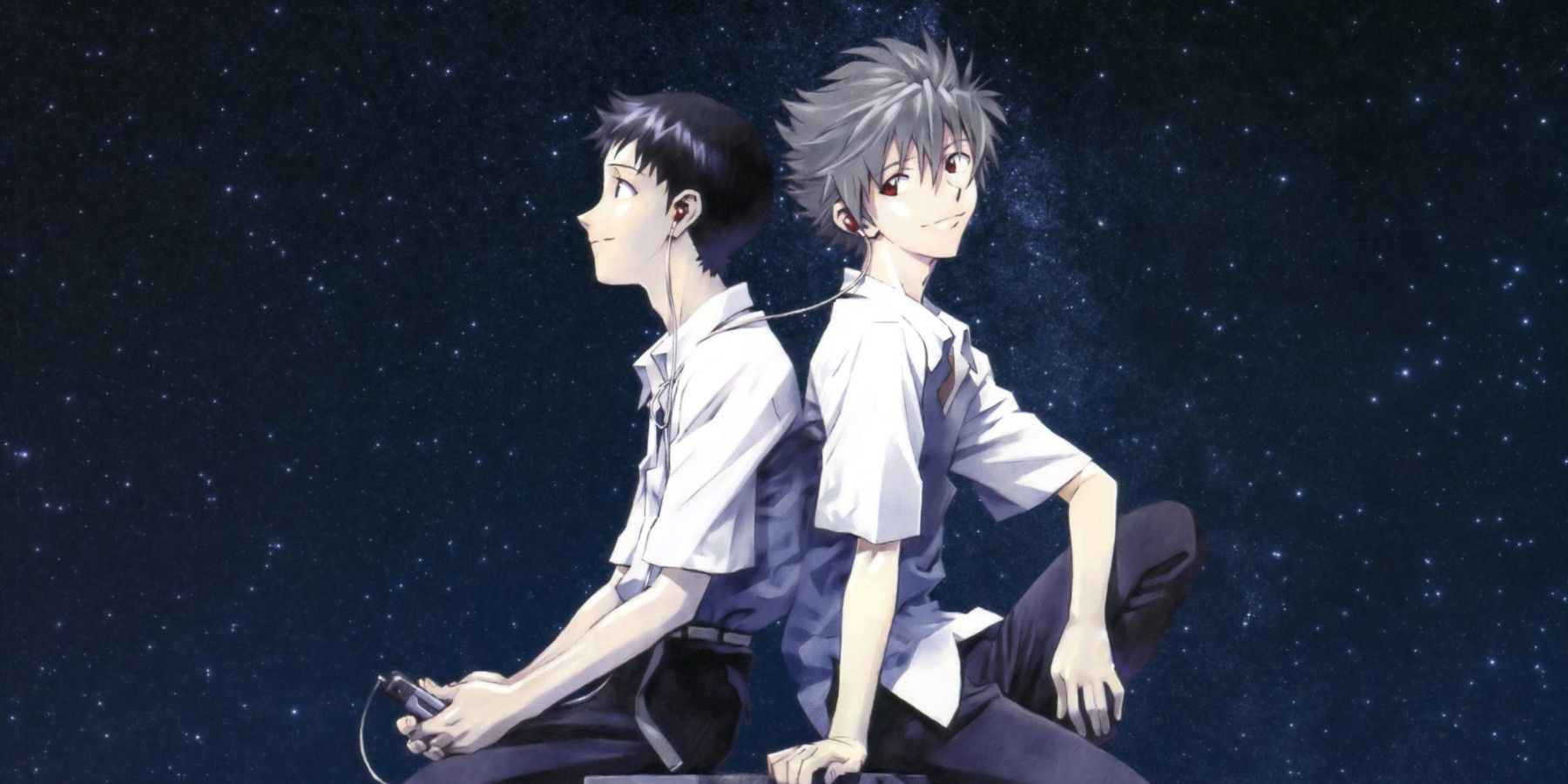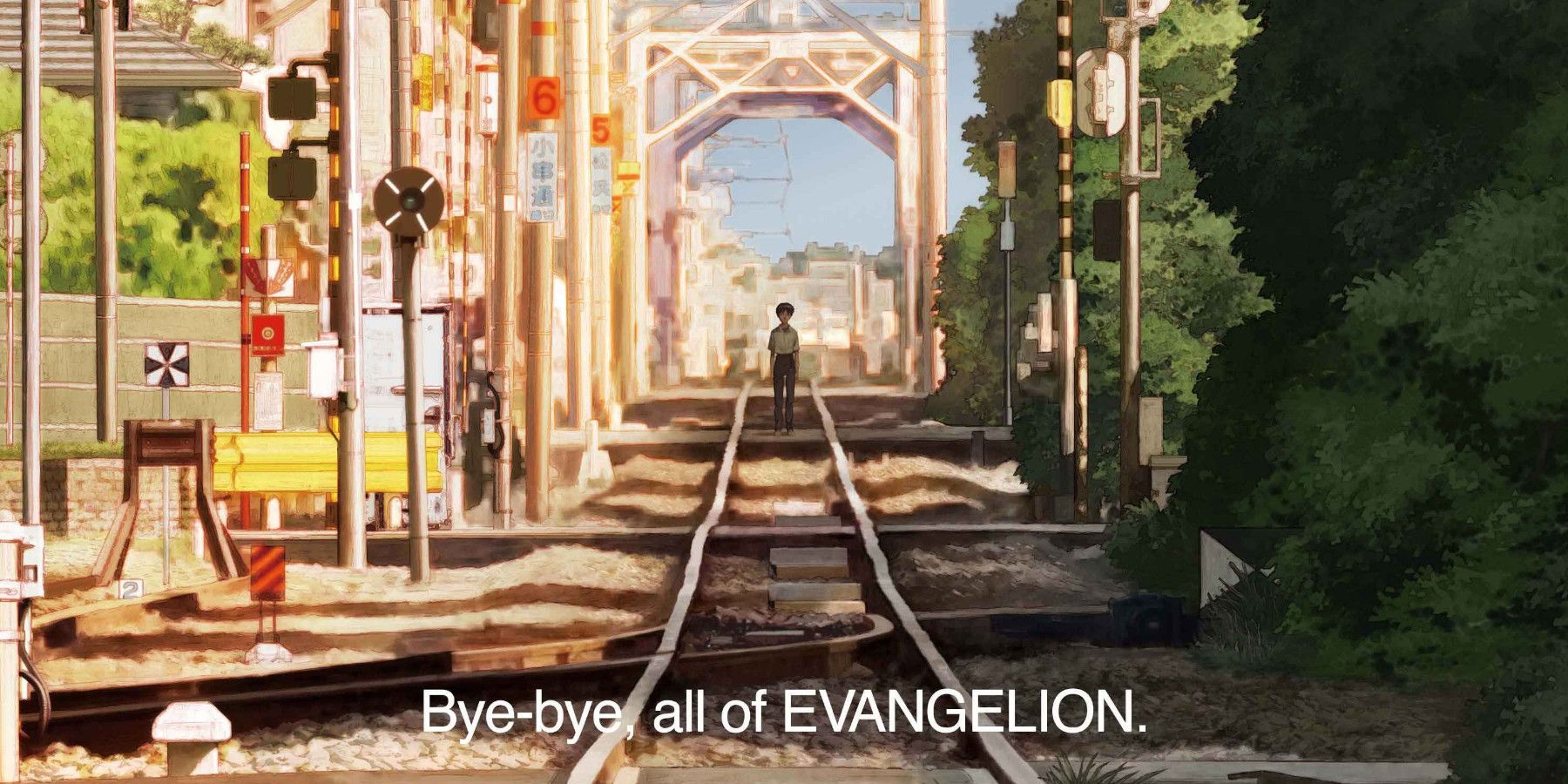Highlights
- The Evangelion Rebuild films use numbering to signify production changes, with the final movie indicating a sense of repetition and closure.
- Japanese titles of the films follow a classic theater structure, hinting at the significance of each part in the series' narrative impact.
- The Rebuilds offer a deeper exploration of Evangelion's themes, linking it to the original series and leaving room for potential future returns.
Title(s) | Evangelion 1.11: You Are (Not) Alone, Evangelion 2.22: You Can (Not) Advance, Evangelion 3.33: You Can (Not) Redo, Evangelion 3.0+1.11: Thrice Upon A Time |
Director(s) | Hideaki Anno, Kazuya Tsurumaki |
Studio | Khara |
Warning: The following contains spoilers for the Evangelion Rebuild Series, streaming on Prime Video.
When Hideaki Anno set out to rebuild Evangelion for a new generation and breathe life into an industry he feared was stagnating, little did he know just how long it would take to achieve that. Though given the thought put into the naming conventions behind the Rebuild films, one suspects he had it more planned out than expected or at least picked up the perfect pieces along the way.
In the West, these movies are often remembered by their English titles: 1.0: You Are (Not) Alone, 2.0: You Can (Not) Advance, 3.0: You Can (Not) Redo, and 3.0+1.0: Thrice Upon A Time. While these titles alone are iconic and meaningful, they aren't the only ones these films are referred to by, as the Japanese names too follow a very specific - and very telling - structure.
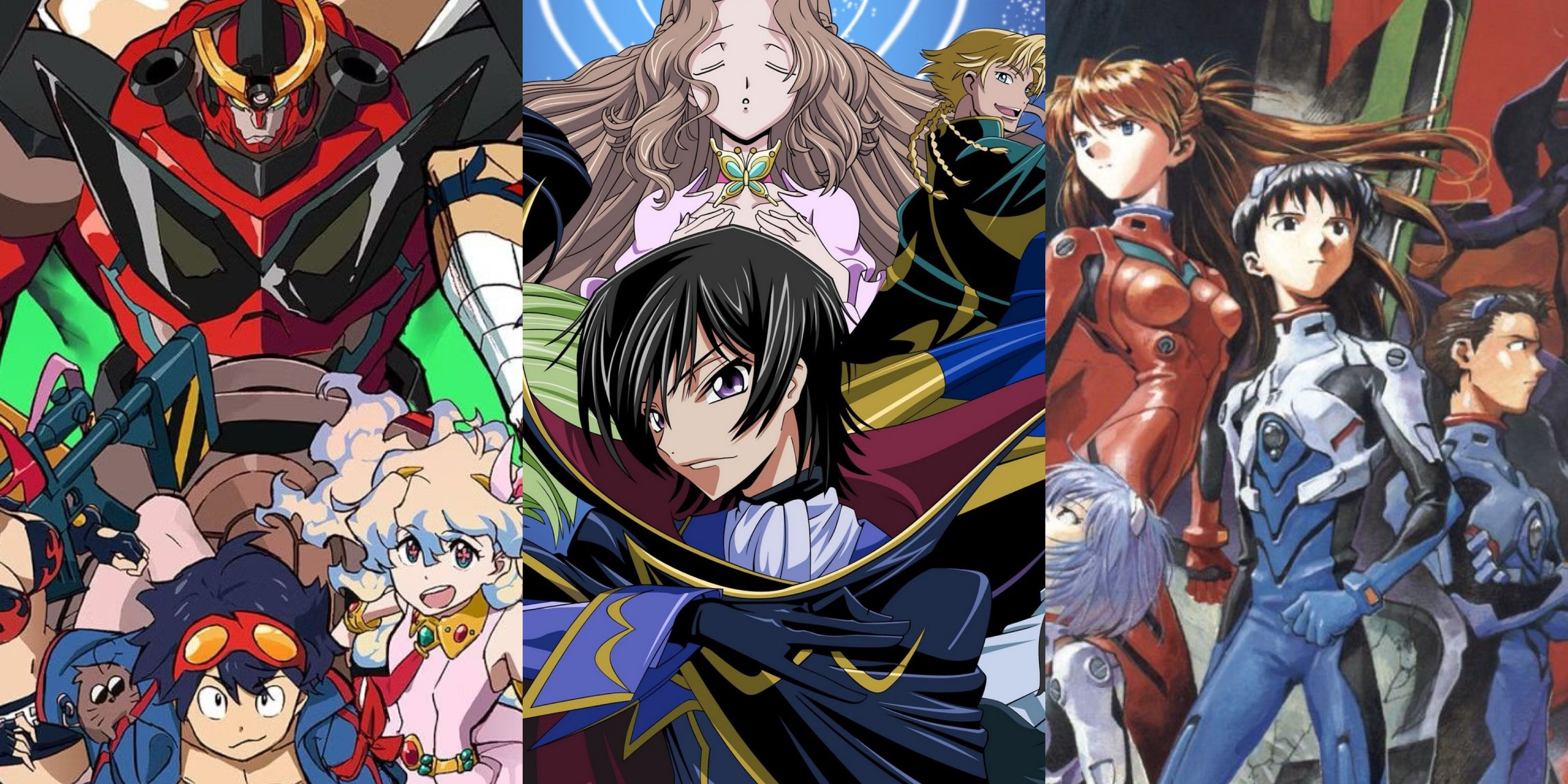
5 Anime With Massive Mecha
The mecha anime genre is famous for featuring mechs of all different sizes. These series display the biggest mecha to ever appear on screen.
Evangelion's Ubiquitous English Titles
The aforementioned names are the ones that a majority of fans will recognize and have seen in marketing materials over the years, albeit in more than a few variations. The biggest point of contention tends to be the number in the title itself. "1.0" is just as valid as "1.11," and not just because the former requires fewer syllables in casual conversation.
The Meaning Behind the Numbers
These films premiered in Japan as 1.0, 2.0, 3.0, and 3.0+1.0, respectively. The change in the number doesn't have much significance to the story itself but rather to the production/post-production. Anime as an industry is no stranger to animation and artwork being touched up between the premiere and the home video release. It means collectors get the best version, which is an added incentive to purchase it. Evangelion is no different.
By the time of their home video releases, they became 1.11, 2.22, 3.33, and 3.0+1.11, but these aren't even the only variants. After 3.0+1.0's theatrical release, it was re-released in theaters in Japan with the name 3.0+1.01, and this was the version that debuted in U.S. theaters in late 2022. Just to make things more confusing, there was even a re-release of 3.33 before 3.0+1.0 premiered, called 3.333, featuring minor changes to address continuity.
What Do The Titles Mean?
You Are (Not) Alone has a layered implication, working as either a reference to Shinji's isolation or the broader fear of the unknown that the presence of the Angels elicits. Next, You Can (Not) Advance structurally feels evocative of how the story in this film diverges greatly from the original TV series. Furthermore, the ending cliffhanger, when the Third Impact is triggered, suggests that the characters and humanity are disallowed from advancing/evolving any further.
Following this, You Can (Not) Redo feels like an obvious allusion to Shinji's primary struggle; the guilt of having caused the world to be the way it is, and the desperate struggle to fix what he broke. As for the final film's English title and its meaning, perhaps that's best left until after one has picked apart the Japanese titles.
How The Rebuilds Take Cues From Theatre
Frequent users of MyAnimeList.net might have noticed that, in recent months, the names of entries in the Evangelion franchise have changed on the website. Instead, MAL uses the Japanese titlesJo, Ha, Q, and ":||," which might have caused some confusion at first. This begs the question of what these mean in the context of these movies.
As it happens, the first three refer to the framework with which different Japanese performing/martial arts are constructed and paced, such as Kabuki. Though there are multiple ways to translate this three-part structure, the easiest way to explain it is: Jo (序, beginning), Ha (破, break), and Kyu (急, rapid/quick); beginning, middle, and end.
The Beginning, Break, and Quickening of Evangelion
With this shorthand in mind, Evangelion: Jo is fairly self-explanatory. Save for the most obvious differences setting it apart, 1.0 has always been regarded as a solid retelling of the first six episodes of the series. In this cinematic retelling of the story, Jo is the opening act, while Evangelion: Ha is the moment that things change completely.
"Break" is such a fitting term to describe the ambition of the second film. As Anno himself describes, it's the moment that the series diverges from the original story completely with only a few exceptions that - in themselves - only emphasize how different things are. The future of this story immediately becomes uncertain, and the ending only solidifies that shift.
Building on that base, Part 2 "Break" departs, with a few exceptions, from mere reproduction of past material to proceed toward a basically new creation... The storyline also undergoes scenario modification after scenario modification which, when combined with copious redesigns of Angels and other elements, mark a complete updating of the impression Eva originally gave.
According to the established structure, Evangelion: Q serves as the denouement, yet it is decidedly not the final chapter. In Johakyu, the "rapid" is very literal in that it is the quickening of the tempo, but it also implies a resolution, which Eva fans will attest is certainly not the case in this film. While there are many revelations, there are just as many new questions as there are answers littered throughout its gorgeous climax. The real end would come almost a decade later.
Thrice Upon A Time
The English and Japanese titles may be different, but their final films share a core theme: repetition. Evangelion New Theatrical Version :|| uses the musical symbol for repeating. It could technically be called "Evangelion: Repeat." Both it and Thrice Upon A Time are quite fitting. After all, Evangelion has ended three times now: 1995's Neon Genesis Evangelion, 1997's The End of Evangelion, and 3.0+1.11.
For as long as these films have existed, fans have speculated about a connection between the original series and the Rebuilds. Without completely spoiling it, 3.0+1.11 acknowledges this connection and uses it as a vehicle to create an unexpected yet satisfying conclusion. Evangelion ends and just as frequently repeats, and though the Rebuilds feel like the truest end possible, nothing is saying it can't come back again.
The Evangelion Rebuilds' naming philosophy employs the classical framework of Japanese theater to structure a tetralogy in a way that denotes the significance of each part. Conversely, it ends up doing so more clearly than the popularized English titles and lends to a deeper discussion of these films and their meaning. Fans will decide which they prefer more, but it goes to show just how much meaning can be found in even the slightest details of this franchise.
Source: Beneath the Tangles
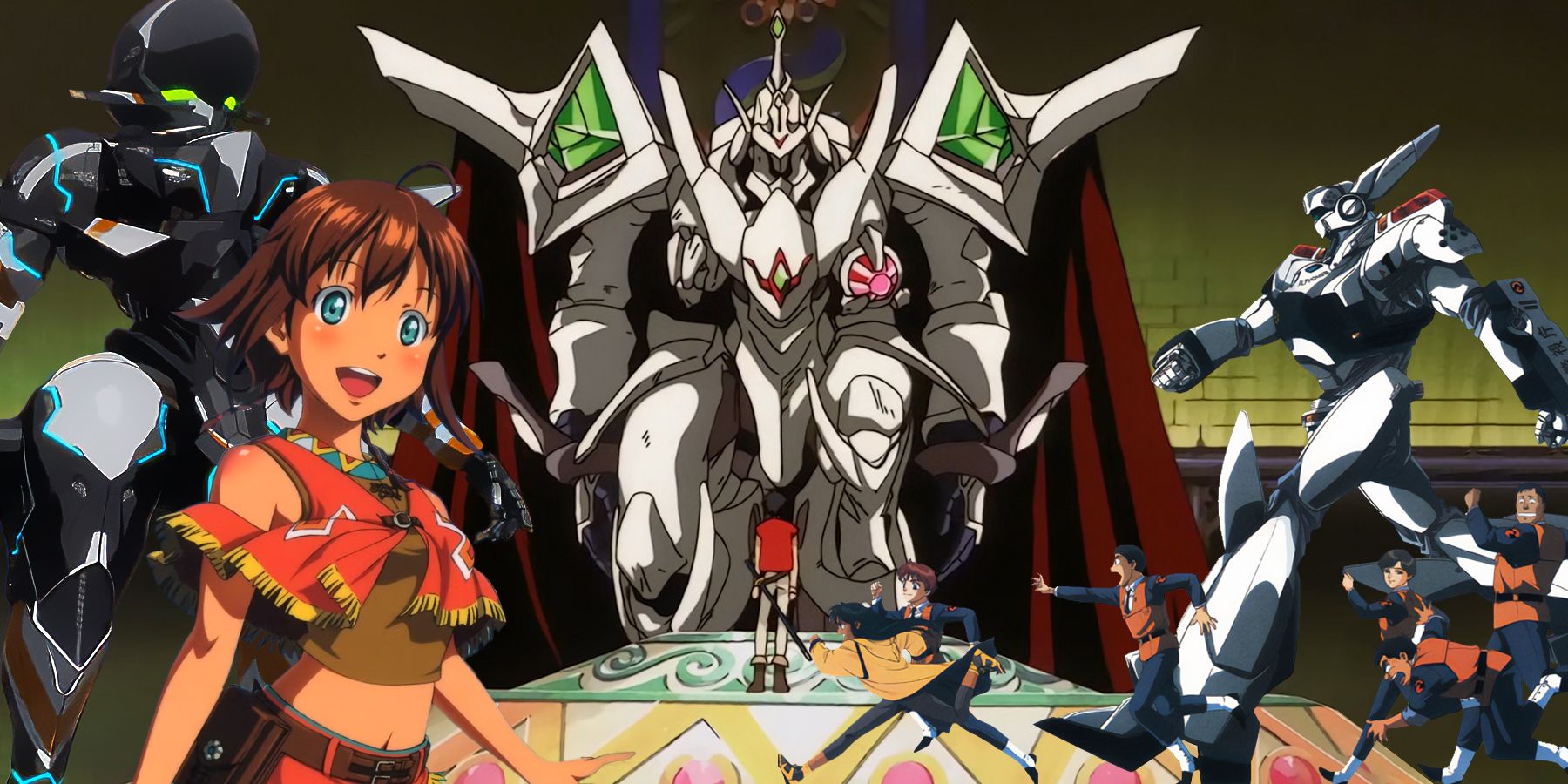
The Best Mecha Anime, Ranked
The mecha genre's stories of bombastic battles with giant robots are best told in these shows.
